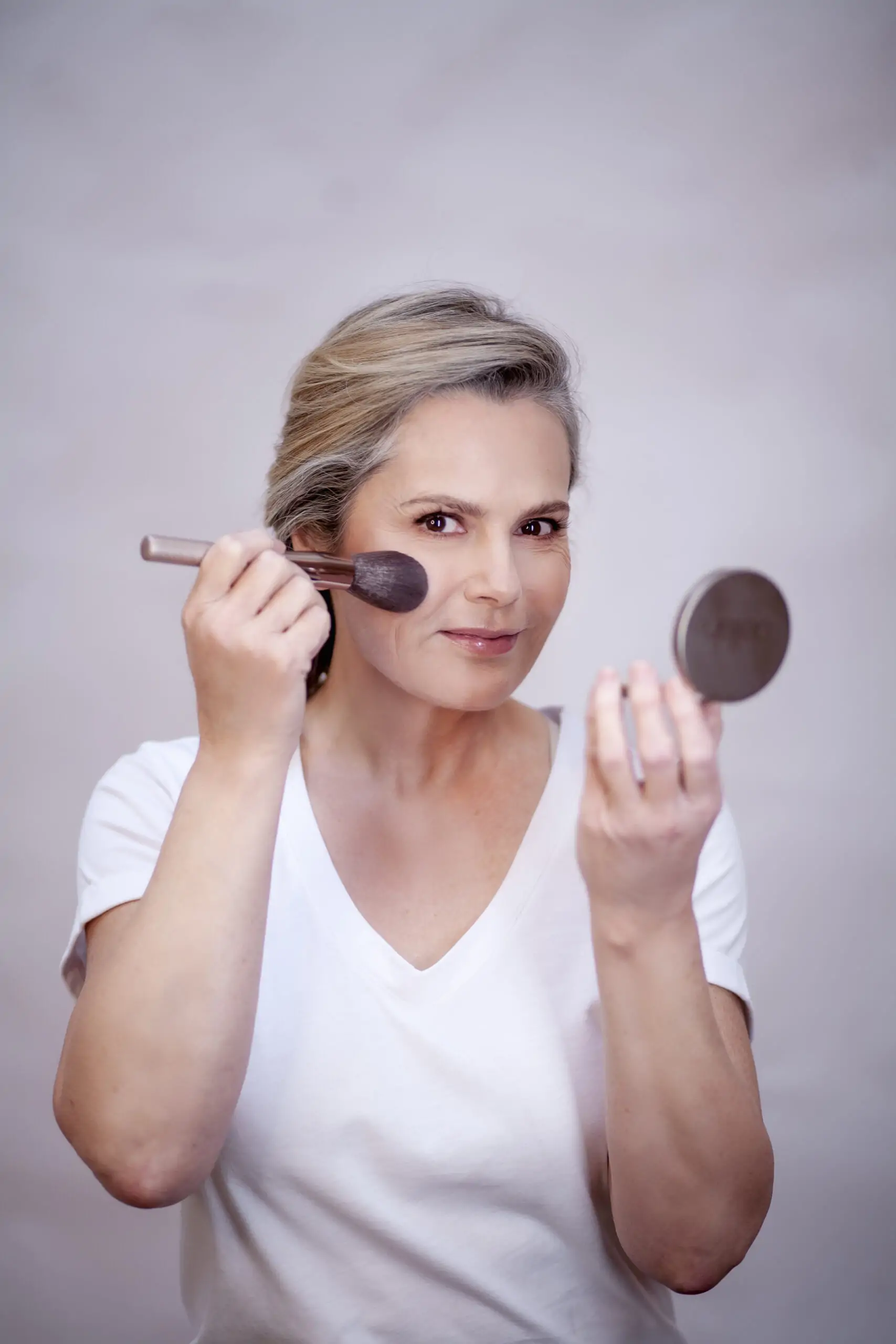Lifestyle
Surgical menopause – what you need to know
Menopause is defined as when a woman hasn’t had a period for one year – the menstrual cycle has paused. However, surgical menopause causes an earlier onset of this transition and is brought on by an operation or medical treatment. If an operation removes your ovaries, or changes the way they work, the onset of menopause symptoms can be sudden.
But what exactly can you expect from surgical menopause? We explain what you need to know.
Surgical menopause – what you need to know
What can cause a surgical menopause?
The most common procedure to cause a surgical menopause is a hysterectomy. This operation removes the womb and cervix and can be total or partial. In a partial hysterectomy, the cervix is not removed. In these instances, your ovaries remain in your body to produce estrogen and testosterone, but the levels are likely to decline at a faster rate than usual. There are also radical hysterectomies. This removes the fallopian tubes and ovaries too. In these instances, the arrival of menopause symptoms is likely to be very sudden and debilitating, unless hormones are immediately replaced.
Oophorectomies, the removal of your ovaries, is also a common cause of a surgical menopause. You might have this procedure as a treatment for endometriosis or ovarian cysts. Depending on whether one or both ovaries are removed, the hormones slowing down can be gradual or immediate. When the ovaries are removed completely, the menopause happens almost immediately. There isn’t a perimenopausal period for the body to adjust. Again, replacement hormones should be immediately given to rebalance the body to its natural, healthy state.
Targeted radiotherapy around the pelvic area and certain chemotherapy treatments can also bring on an early menopause. Drugs that alter our hormones, for example ones taken after breast cancer treatments, can have the same effect too.
What to look out for?
Procedures such as hysterectomies will stop your periods. As this is usually one of the easiest ways to monitor a natural menopause, it means we need to keep an eye on other symptoms.
The symptoms for a surgical menopause are largely the same as a natural one. We have estrogen receptors all over our body. A decline in this hormone can affect numerous body systems, including our brain and mood. You can find a comprehensive symptom tracker here to keep a note of how you’re feeling. This allows you to notice any changes in your body and emotions. What’s more , it’s a great resource to take with you to your GP when you’re looking for extra support. Hopefully, any woman undergoing this kind of surgery should be under the care of a well-informed consultant able to support with hormone replacement – but this doesn’t always happen.
How to ease symptoms
If you can, have a conversation with your doctor about menopause before the procedure. It’s likely your mind will be on other things, but talking to your doctor or surgeon beforehand is a great place to start. This can help you to organise the right treatment plan. It also helps to ensure that you know where to go for help should you need it.
The average age for a natural menopause is 51. It’s recommended that you receive replacement hormones if you’re younger than this and you’re undergoing a surgical menopause. Older women should be offered them too.
Hormone Replacement Therapy (HRT)
HRT is the most effective way to relieve symptoms of the menopause. When the production of our hormones are stopped in the ovaries, HRT works to replace them. Women who have undergone surgical menopause sometimes need a higher level of estrogen than those who have transitioned naturally. Younger women have higher levels of these hormones, and so may experience greater withdrawals. You may need to supplement with patches, gels and sprays. These are the preferred options as they eliminate the clotting factors the can accompany the tablet form.
The HRT you receive will be dependent upon the surgery you’ve had. For example, if you’ve had your womb and your ovaries removed, you only need HRT with estrogen in it. Progesterone works to protect the lining of the womb from the overbuild up that estrogen causes. It’s worth noting that this isn’t the case for those with endometriosis. Endometriosis causes tissue of the womb to appear elsewhere, which can still be stimulated by estrogen. In these cases, speak to your doctor about whether all of the endometrial tissue has been removed. If not, you may need progesterone too.
HRT isn’t always an option for those who have had estrogen receptor positive cancer, although in many cases it can be. It’s worth speaking with a menopause specialist on this. Vaginal estrogen is considered very safe, even for estrogen receptor positive cancers. It stays localised pithing the vaginal walls and is not systemic. It can be very helpful for recurrent UTI’s and cystitis, as well as for vaginal dryness and atrophy.
Lifestyle changes
Eating a balanced diet is crucial to keeping healthy. A low-sugar diet is often recommended for cancer patients as sugars can feed inflammation. Our hormone levels decline during the menopause and our bones can get weaker as a result. Our risk of osteoporosis increases too. To look after your bones, make sure you’re getting enough calcium. Vitamin D is also a key nutrient for protecting our bones. You can source this vitamin through diet and sunlight, but supplements may be helpful too. We love the sprays from Better You – enjoy 15% off with LIZLOVES at checkout.
Exercise is a great way to keep us strong and active. Cardio is a fabulous mood booster and contributes to our heart health too. Weight-bearing exercises, such as yoga, are also important to maintain bone strength. Not only that, exercise also help you to sleep better. In turn, this improves the immune system.
Menopause can compromise our chances of good quality sleep. Limiting your alcohol consumption can help. Research suggests that alcohol interrupts sleep and exacerbates hot flushes too, unless taking HRT.
It’s worth bearing in mind that incontinence is a common symptom of the menopause. Pelvic floor exercises are a helpful way to tighten up pelvic muscles and ease incontinence, but aren’t always effective. Vaginal estrogen can also help here by improving the supportive collagen and elastin fibres around the bladder and urethra.
If the menopause is making you feel low, speak to your doctor about ways to manage your mental health. They may be able to offer you treatments and therapies to help you feel better, including CBT.
Read more articles like this
- Download Liz’s guide The Truth about HRT
- Menopause – what every woman needs to know
- Download your FREE menopause symptom tracker
Please note, on some occasions, we earn revenue if you click the links and buy the products, but we never allow this to bias our coverage and always honestly review. For more information please read our Affiliate Policy.





